AC Voltage Calculation – Vrms Vmax Frequency
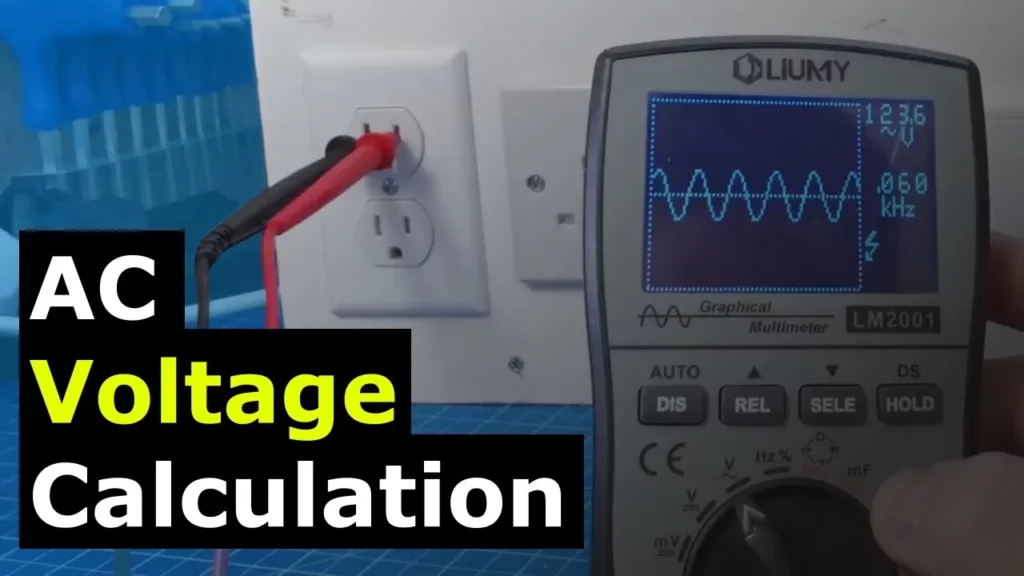
The lesson on AC voltage explains the dynamic nature of alternating current, highlighting how voltage fluctuates between positive and negative values, represented by a sine wave pattern. It introduces the concept of root mean square (RMS) voltage as a practical measure of effective voltage, contrasting it with peak voltage (Vmax) and detailing how to convert between the two. Additionally, the lesson discusses variations in voltage and frequency across different regions, emphasizing the importance of understanding these differences when working with AC electricity globally.
How does an Electric Motor work? DC Motor explained
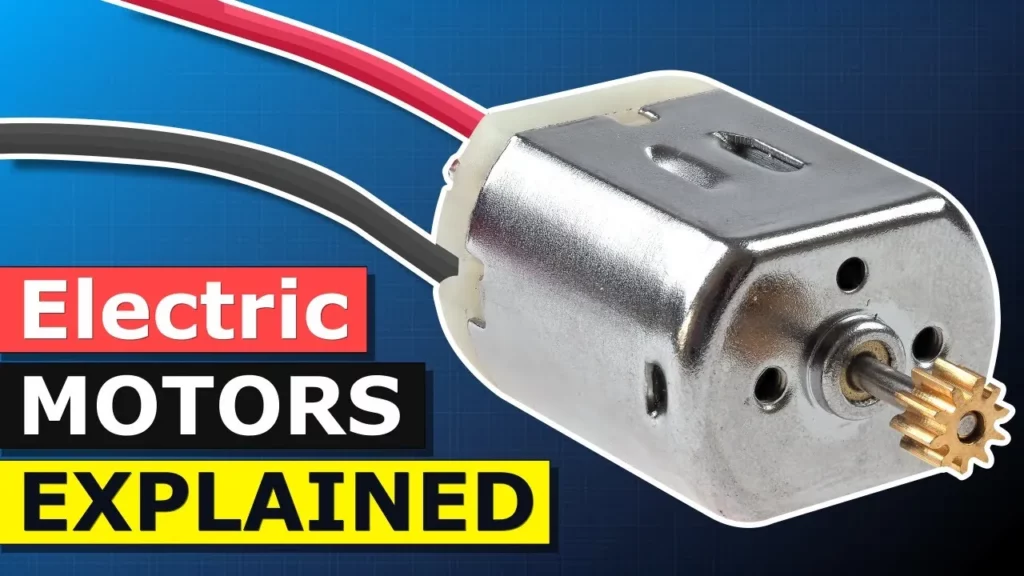
This lesson provides an overview of how DC motors function, highlighting their role in converting electrical energy into mechanical energy for various applications. It explains the motor’s structure, including the stator, rotor, and the importance of the commutator and brushes in facilitating rotation through electromagnetic principles. Additionally, the lesson covers the basics of electricity and magnetism, the mechanics of rotation, and how to control the direction of the motor’s operation.
Star Delta Starter Explained – Working Principle

The lesson explains the working principle of Star Delta Starters used in three-phase induction motors, highlighting their importance in reducing inrush current during motor startup. It details the configurations of the motor (Star and Delta), how contactors facilitate the switching between these configurations, and the benefits of using Star Delta Starters, such as lower starting current and reduced voltage across coils. Additionally, the lesson addresses regional variations in color coding for electrical phases.
Capacitor calculations – Basic calculations for capacitors in series and parallel
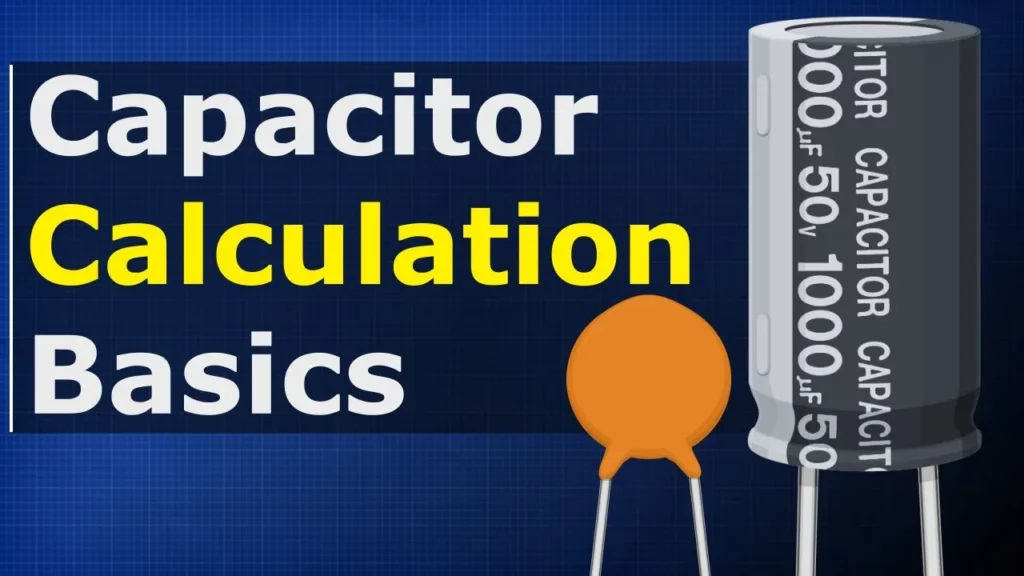
This lesson provides an overview of capacitor calculations, focusing on their behavior in series and parallel configurations within DC circuits. It covers the types of capacitors, how they function, and the formulas for calculating charge and energy stored in capacitors, as well as the total capacitance in both series and parallel arrangements. Additionally, it explains the concept of time constants in relation to the charging and discharging processes of capacitors, equipping learners with essential knowledge for practical applications in electronic circuits.
Turbocor Chillers Explained – Oil free magnetic bearing HVAC
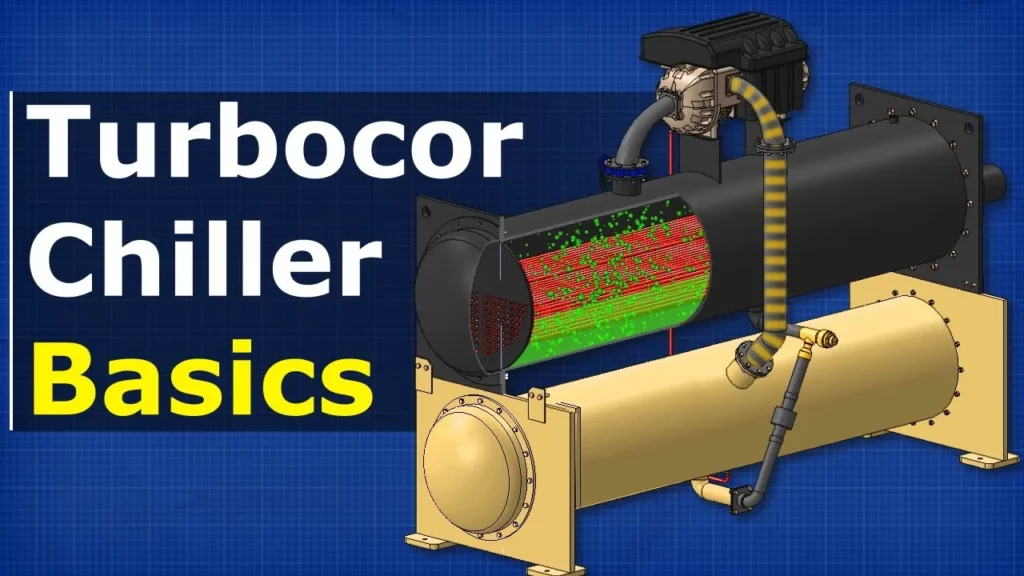
The lesson on turbocor chillers highlights their advanced technology in the HVAC industry, focusing on features such as oil-free magnetic bearings, variable frequency drives, and dual impellers that enhance efficiency. It explains the core components of a chiller system, particularly the role of the compressor in managing refrigerant flow and pressure, and emphasizes the benefits of a two-stage compressor design for improved performance. Overall, turbocor chillers are presented as a cutting-edge solution for effective heat management in modern cooling applications.
How Open Differential works

The lesson explains the function and mechanics of an open differential in cars, highlighting its role in enabling smooth turns by allowing wheels to rotate at different speeds. It details the internal components, including the main housing, gears, and the importance of gear ratios, which affect performance and fuel efficiency. Additionally, it describes how power is transmitted from the engine through various components to the differential, facilitating the necessary adjustments in wheel speed during turns.
Scroll Compressor Exposed: Understanding Its Mechanical Magic
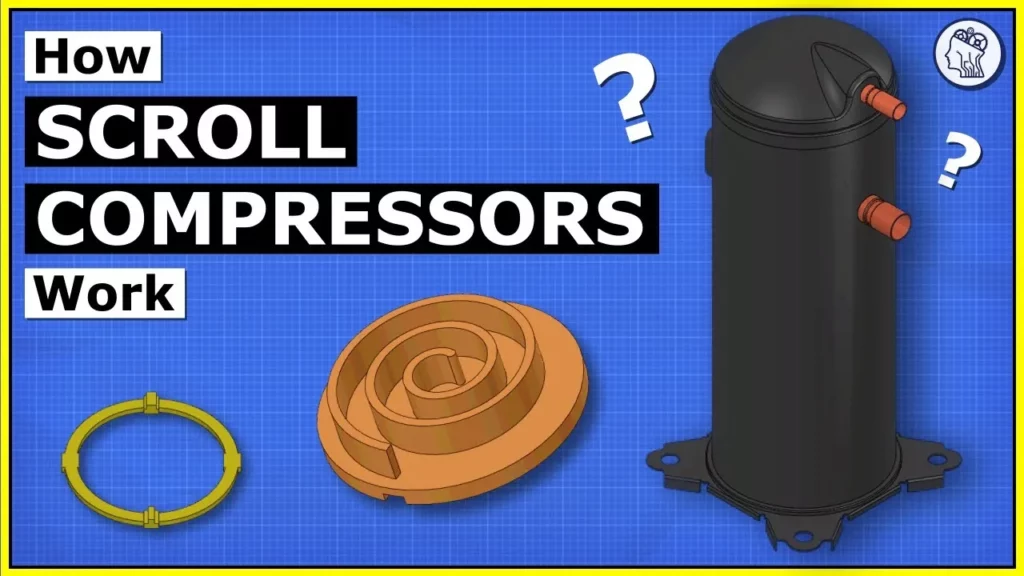
The lesson on scroll compressors highlights their essential role in refrigeration and air conditioning systems, emphasizing their unique spiral design that efficiently converts electrical energy into mechanical energy. These compressors are particularly valued for their efficiency and compatibility with low Global Warming Potential refrigerants, contributing to sustainable HVAC solutions. Advancements in technology, such as variable frequency drives and digital compressors, further enhance their performance, making them a preferred choice for modern cooling applications.
Refrigerants How they work in HVAC systems

This lesson provides an overview of how refrigerants function within HVAC systems, emphasizing their critical role in thermal energy transfer through phase transitions. It outlines the refrigeration cycle, which includes four main processes: compression, condensation, expansion, and evaporation, highlighting the importance of refrigerants like R22, R134A, and R410A in achieving efficient cooling. Additionally, the lesson acknowledges Danfoss as a key resource provider for environmentally friendly refrigerants and tools to support HVAC professionals.
Resistance Temperature Detector Basics RTD
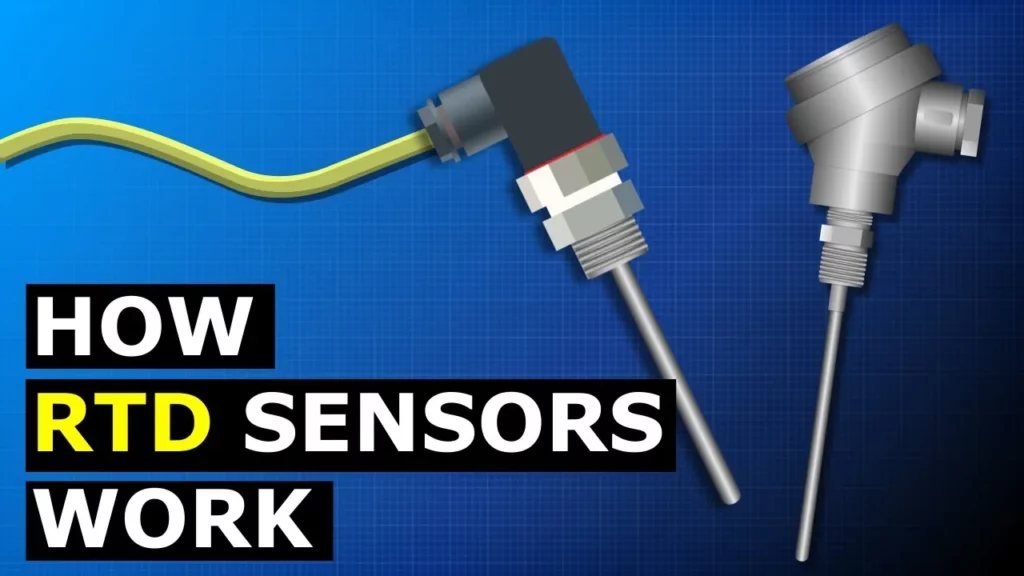
Resistance Temperature Detectors (RTDs) are crucial instruments in engineering for accurate temperature measurement, favored for their simplicity and reliability compared to thermocouples. They operate on the principle that a material’s resistance changes with temperature, allowing for temperature determination through voltage measurements based on Ohm’s Law. RTDs are typically made from platinum due to its stable resistance-temperature relationship and come in various designs, including film and wire-wound types, tailored for specific applications.
Rooftop Units explained – RTU working principle hvac

This lesson provides an overview of rooftop units (RTUs) in HVAC systems, highlighting their function as self-contained air conditioning systems installed on commercial building rooftops. It discusses the various types of RTUs, including fresh air only, recirculating, return air damper, and heat wheel units, along with their key components such as housing, air hoods, dampers, filters, coils, and fans. Understanding these elements enhances appreciation for RTUs’ role in efficiently maintaining comfortable indoor environments.